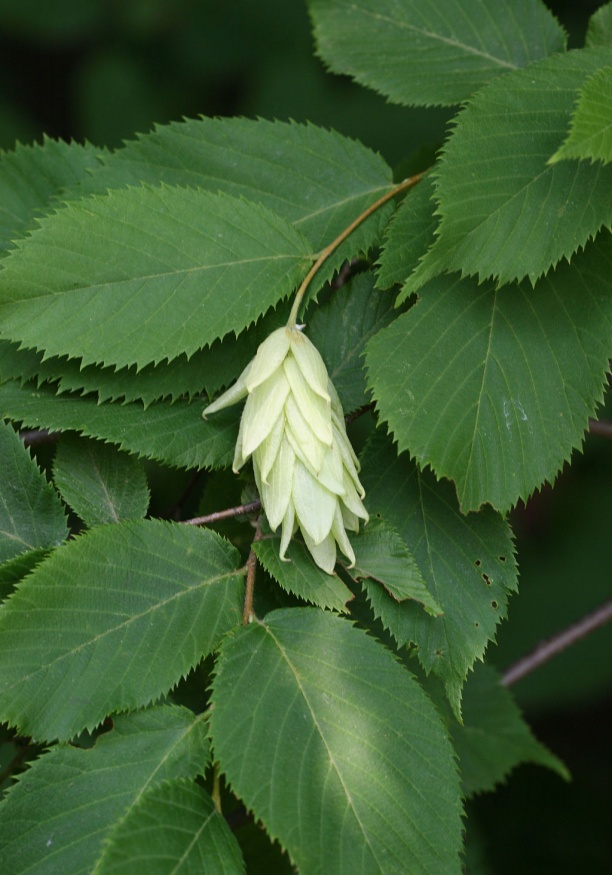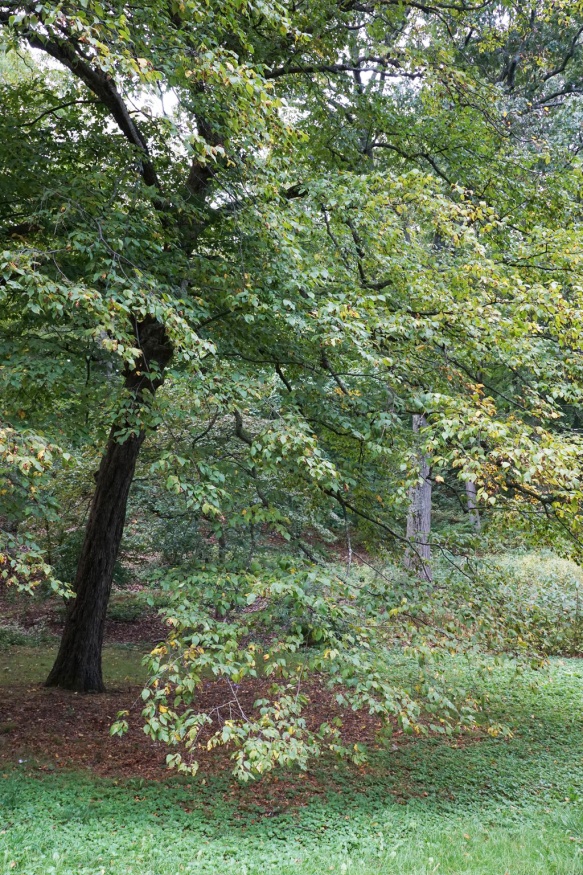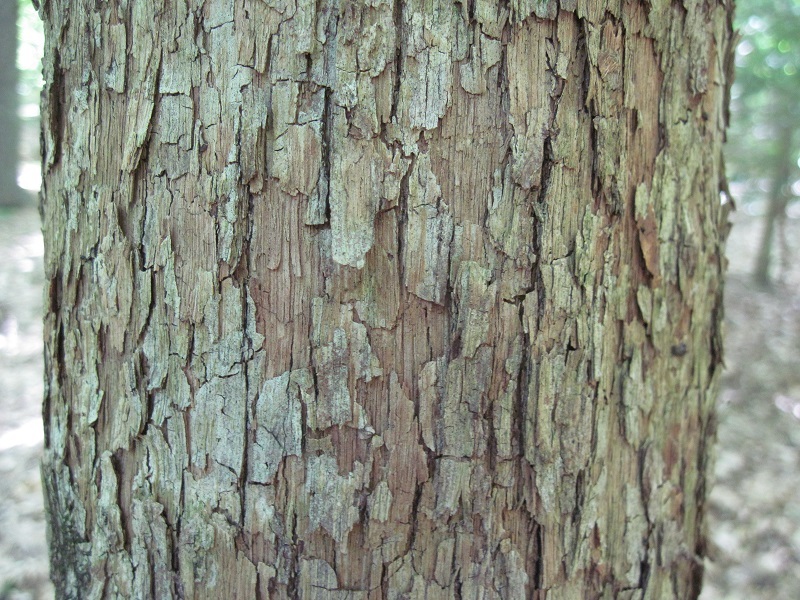Hop Hornbeam

Other Names: ironwood
Family: Betulaceae Native to: Eastern North America
Eco benefits: valuable wood, pest/disease resistance
Natural habitat: inner forests, hillsides & uplands
Shapes: wide spreading
Growth rate: medium
Unique attractions: bark, fruit, branching
Tolerances: pest & desease
Common uses: landscaping, cityscape, specimen, naturalized plantings
Light: full sun, partial shade, full shade
Soil: moist and fertile, well drained, acid ph, dry
Hop hornbeam is a small understory tree, the only tree of the genus Ostrya native to Canada. The tree is very shade tolerant, slow growing, and fairly short-lived. With a wide spreading crown, it reaches up to 39ft in height and 1ft in trunk diameter. Hop hornbeam is often found in well-drained slopes and ridges of the forest understory. It prefers partial shade, but tolerates full sun if kept moist. Slightly acidic, well drained conditions are ideal but it thrives on many soil types.

Leaves oval shaped (elliptic), tapering towards the tip, and rounded or indented at the base. Sharp serrations surround leaf edges. Long, slender, hairy stems produce leaves that get larger towards stem tips. Older tree bark has flaky, short peeling strips that are easily rubbed off.
Male flower catkins hang in early spring and seed flowers (females) appear in elongated clusters or 'racemes'. Clusters of mature fruit resemble hops, hence the name. These fruit are small, flattened nuts in inflated sacs and they fall off during the winter.

The wood is close grained, light brown, and dense; the hardest wood of any native tree. Tool handles, golf clubs, mallets, and other woodenware are made from ironwood. Despite these properties, the wood is seldom harvested because of the tree size and scattered distribution. Twigs and seeds provide forage food for white-tailed deer, birds and small mammals. Hop hornbeam is relatively free of pest and disease issues.
References
Farrar, J.L. (2018). Trees in Canada. Ottawa, ON: Natural Resources Canada.
Tree Atlas - Ontario. (2020). Ironwood. Retrieved from https://www.ontario.ca/page/ironwood
United States Department of Agriculture. (n.d.). Ostrya virginiana. Retrieved from https://www.fs.fed.us/database/feis/plants/tree/ostvir/all.html
University of Guelph Arboretum. (n.d.). Ironwood - Ostrya virginiana. Retrieved from https://www.uoguelph.ca/arboretum/thingstosee/trees/ironwood